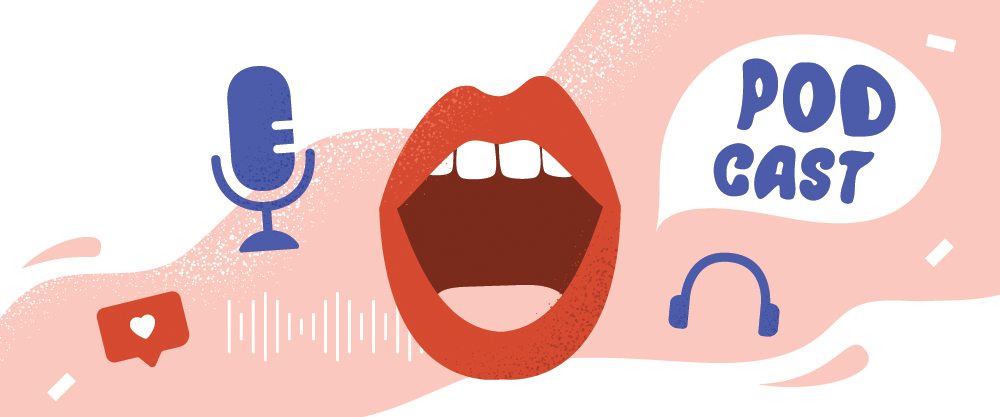Adapted from 6 Ways to Improve Your Listening Skills by Rebecca D. Minehart, assistant professor of anesthesia at Harvard Medical School; Benjamin B. Symon, faculty for the Debriefing Academy; and Laura K. Rock, assistant professor at Harvard Medical School
When our stressors increase, our executive functioning and cognitive flexibility are taxed, making it harder to give our students the full attention they deserve. We talk when we should listen. Prescribe solutions when we should ask for details. Lose the thread on conversations when we should be helping to find the focus.
The good news is, with practice, we can all be more effective listeners. Here’s how.
Determine your default listening style
Learning to listen well begins with understanding what type of listener you are. In our work, we’ve observed four distinct listening styles:
- Analytical listeners analyze a problem from a neutral starting point. Example: You listen to two ExecEd students debate the relevance of a recent article to their industry, taking care to explore both students’ viewpoints before responding.
- Relational listeners build connection and seek to understand the emotions underlying a message. Example: You notice a student’s voice quivers when they talk about an upcoming paper that’s due, so you consider whether they’re stressed and why.
- Critical listeners judge both the content of the conversation and the reliability of the speaker themselves. Example: A student challenges you about a grade, so you listen to their reasoning to determine whether this is just about their GPA or whether it’s worth changing your viewpoint.
- Task-focused listeners shape a conversation toward the efficient transfer of important information. Example: A student asking for a deadline extension attempts to offer a lengthy justification for the request, but you interrupt early to find out how long of an extension they’re seeking.
With these definitions and examples as a guide, ask yourself, Which style do I default to most?
Recognize when your default listening style is disruptive
Sometimes our usual listening style can sabotage our goals. Maybe you tend to use a task-focused or critical listening style so you can make rapid decisions. That’s great when there is time pressure, but it can backfire when a student needs more support.
Consider this scenario:
Student: “I don’t feel comfortable speaking in front of the class. Everyone judges me.”
Educator: “Of course no one is judging you! We all feel like that sometimes, but the best solution is to dive in and give it a try.”
Here, the student is displaying emotion, yet the educator is responding with a task-focused response, missing a valuable opportunity to acknowledge and explore what the student is expressing. The educator’s response is likely to make this student feel unheard and discouraged from sharing.
Recognizing this disconnect is a critical step in improving your listening skills.
Adapt your listening style to achieve mutual conversational goals
There are myriad reasons why we listen the way we do: to be efficient, to avoid conflict, to gain attention, to support, or simply to entertain. When those reasons are repeatedly (and perhaps unconsciously) prioritized, we shortchange other listening goals such as mutual understanding and greater connection.
If we can instead learn to shift dynamically between listening styles—by matching the speaker’s needs with the most appropriate listening technique—we may have more productive conversations.
Let’s go back to our example from above and instead use a relational listening style.
Student: “I don’t feel comfortable speaking in front of the class. Everyone judges me.”
Educator: “That’s a tough feeling to have. [Pause] Do you feel like talking about it?”
When a student expresses stress or fear, responding with validation and curiosity may allow you to capture valuable information and more effectively address the student’s needs.
Here’s another example scenario:
Student: “I’m scared about the midterm test.”
Educator: “I’m not planning on throwing any curveballs into the exam. But it’s normal to be nervous before a big test. [Pause.] What’s scaring you the most?”
What you learn from their response may change the way you approach that student’s learning in the future.
The impact of better listening
Experimenting with how we listen solidifies our active partnership in conversations. It expands the space for others to reveal what really matters to them and can allow us to get to the heart of the matter more deliberately. Through intentionally applying new ways to listen, we can build relationships, better understand others, and collaborate and problem-solve more effectively.













